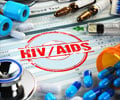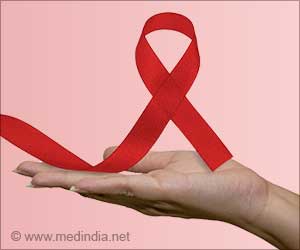Researchers have found that good bacteria found in healthy women may help in reducing the amount of vaginal HIV among HIV-infected women.
Researchers at the University of Washington and the University of Rochester Medical Center, have found that “good bacteria” or beneficial bacteria found in healthy women may help in reducing the amount of vaginal HIV among HIV-infected women and may also make it difficult for the virus to spread.
The findings may bolster the possibility that these “good bacteria”, which are the Lactobacillus bacteria in the vagina, might one day be useful in combating HIV.The study led by Jane Hitti, M.D., associate professor in the Department of Obstetrics & Gynecology at the University Of Washington School Of Medicine, involved 57 women and was done in Seattle and Rochester through the Women’s HIV Interdisciplinary Network (WHIN), based at the University of Washington.
The researchers studied the vaginal bacteria to look at the mix of bacteria that reside there and took many other factors in consideration. They tracked the level of HIV virus in the vagina, infection by common sexually transmitted diseases like trichomoniasis, gonorrhea and chlamydia, and other more common types of vaginal infections.
The researchers also examined the levels of Lactobacillus in the vagina, and also the hydrogen peroxide, which is produced by the bacteria and hinders the virus. The level on HIV in the women’s blood and the rate of progression of the disease overall was also measured.
It was discovered that women with hydrogen-peroxide-producing Lactobacillus in the vagina had lower levels of HIV virus in genital secretions, called the genital viral load in physicians’ jargon. It is known that with lower level of HIV in the sexual tract, the virus will be less likely to spread from person to person through sexual contact.
In earlier studies, Lactobacillus was found to give women some natural protection against HIV. These bacteria, commonly found in most women, bind to the virus and secrete hydrogen peroxide.
Advertisement
The researchers also discovered that the amount of the virus in the vagina changed with the presence of Lactobacillus. It was found that vaginal HIV levels drop in women who did not have the bacteria initially but had acquired it by a subsequent visit. On the other hand, vaginal HIV levels increased in women in whom the good bacteria had disappeared between visits.
Advertisement
The research was presented at the Conference on Retroviruses and Opportunistic Infections in Boston.
Source-ANI
SRM/L










